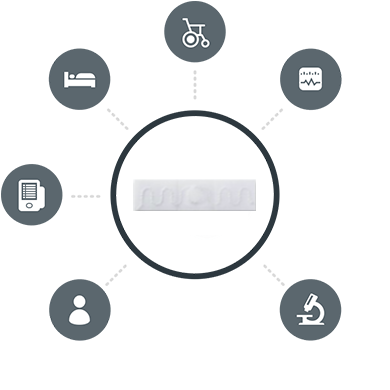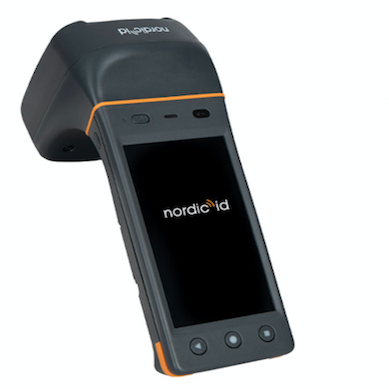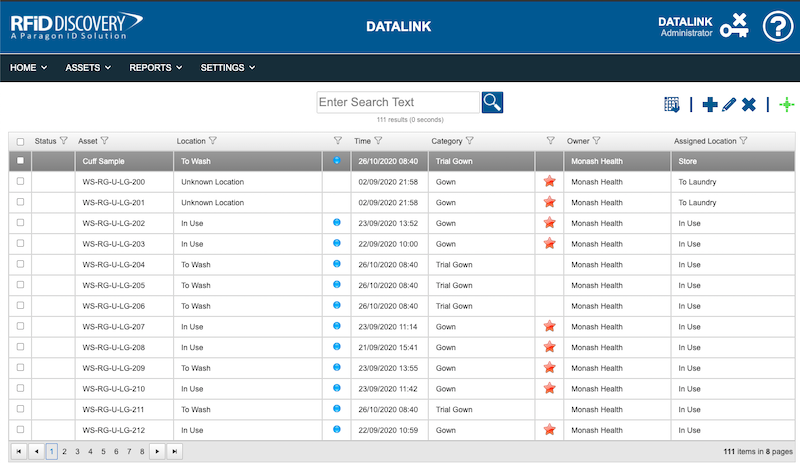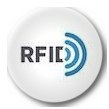
RFID Tracking Devices (Active & Passive)

RFID TAGS
Tags are attached to equipment, stock or people.


READER
A RFID signal is transmitted from the Reader.


PLATFORM
Location data is received and displayed on your screen.
Active and Passive RFID tags offer different benefits and have distinct roles for the purposes of tracking items. Active RFID tags are powered by battery and proactively broadcast their own signal. They have the ability to track real-time locations and typically have a much longer read range than passive tags. Passive RFID tags do not contain a battery and power is supplied by the reader to enable the tag to transmit their ID, as well as offer a more cost effective solution for larger RFID Deployments.
- Accurate record of asset locations
- Time saved looking for equipment
- Improved asset utilisation reduces need to purchase new devices
- Updates inventory records in minutes
- Safer patient environment
- Improved maintenance efficiency to support compliance

HOW IT WORKS
RFID (Radio Frequency Identification) uses electromagnetic fields to transfer data from tags which carry a unique identifier. Tags can be attached to items including textiles in order to identify and track them automatically.
An RFID system also includes a reading system that detects the tags, reads the data and sends them to a central computer database, which can be integrated with other enterprise systems for data exchange and reporting.

Current Offering
RFID solution for tracking assets in:
- Healthcare
- Manufacturing
- Retails
- Aviation
- Logistics
- All assets!
Features
- Easy user interface for finding assets
- Historical feedback
- Asset management module
- Ability to apply ownership to assets
- User login
- Dashboard
- Email alerts
- Reports




